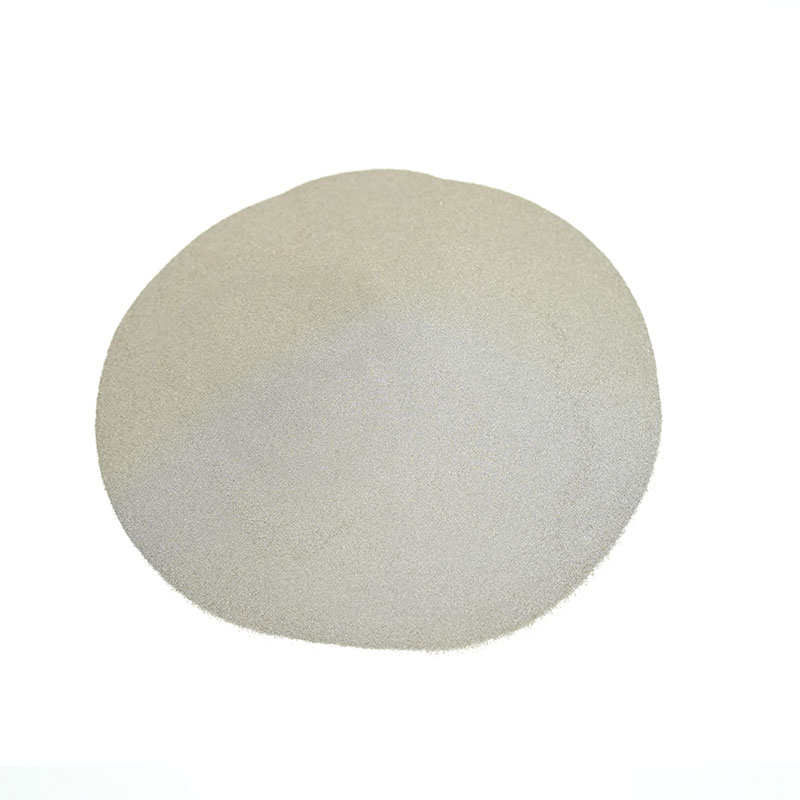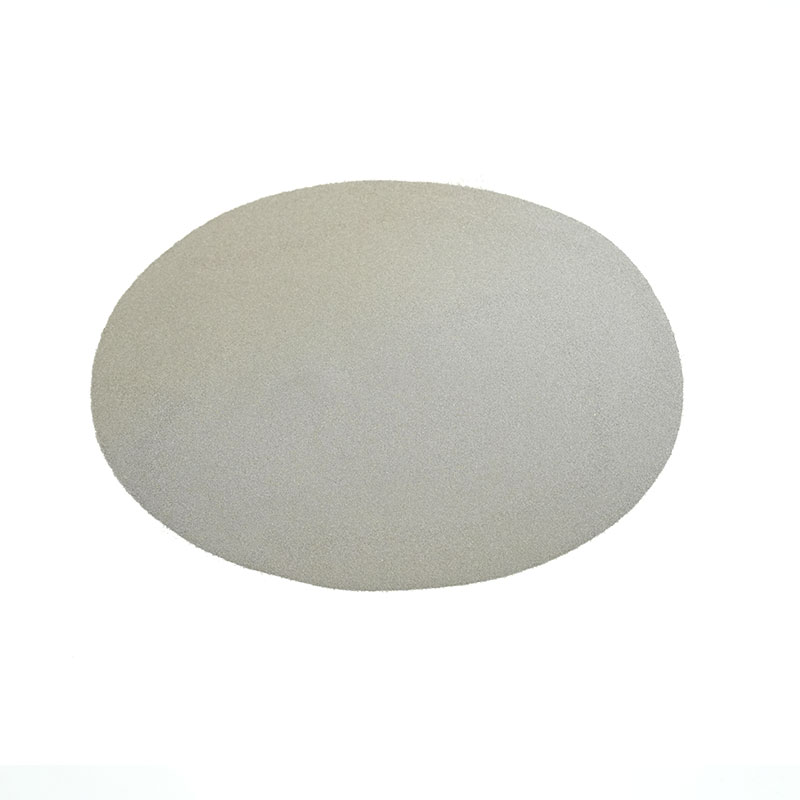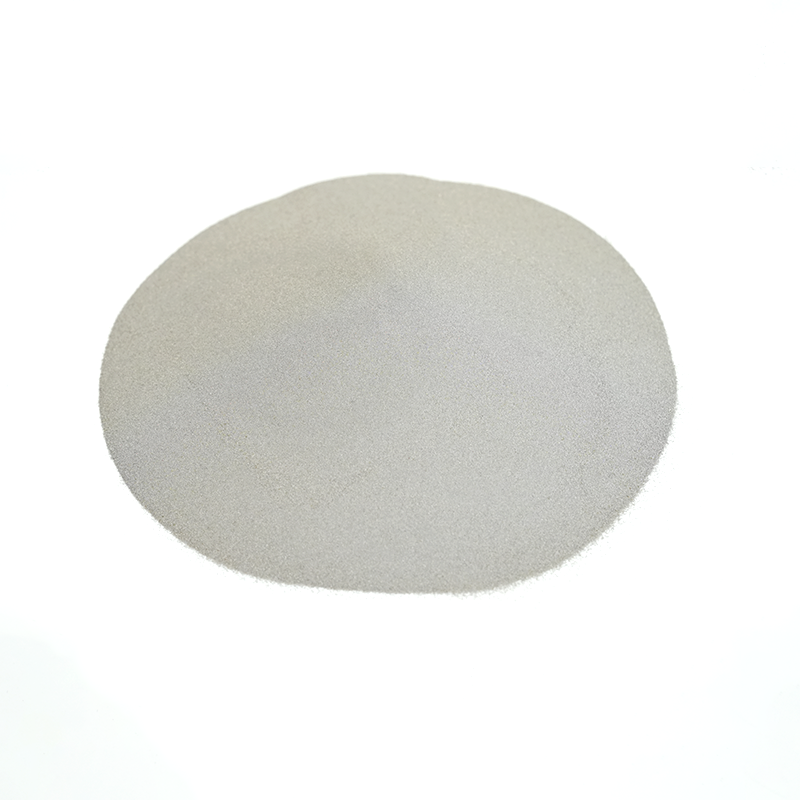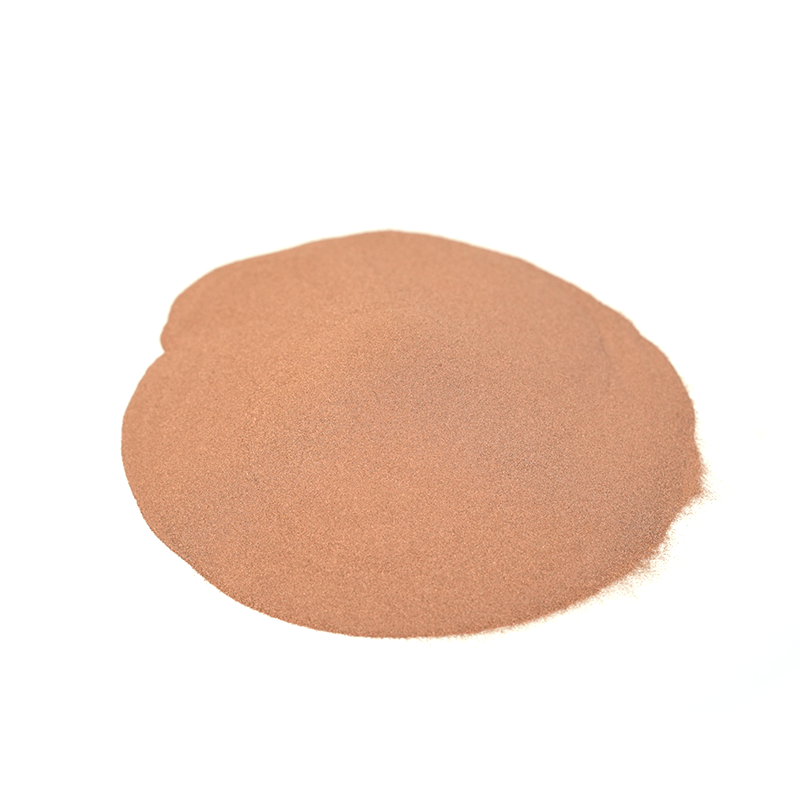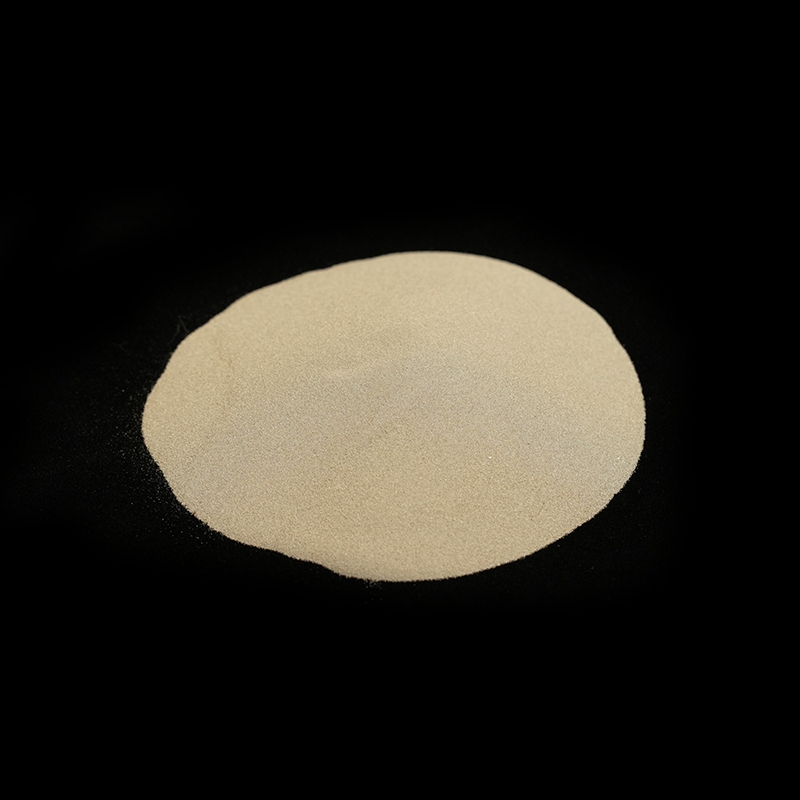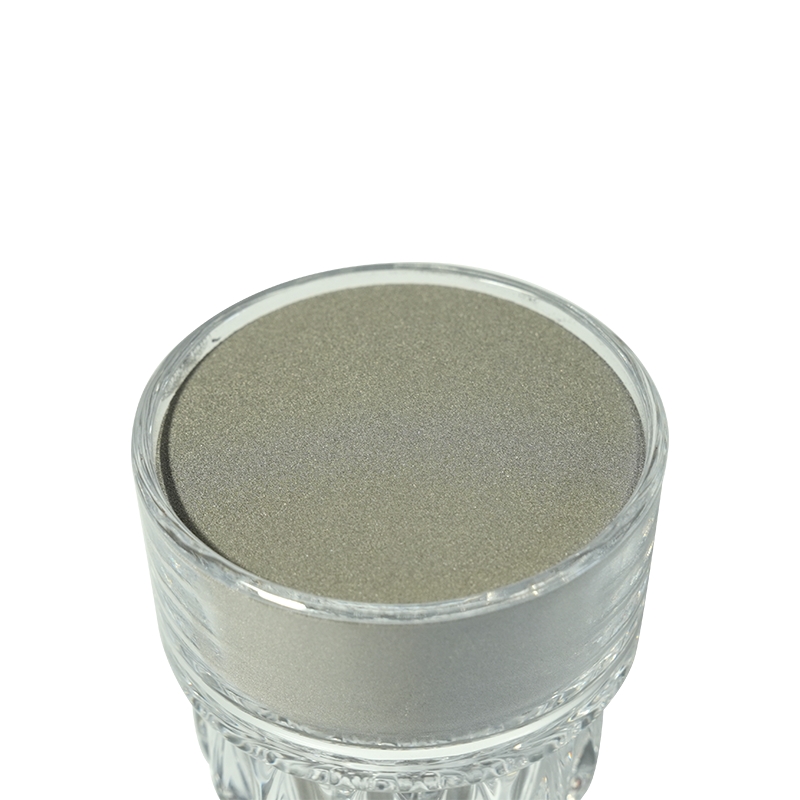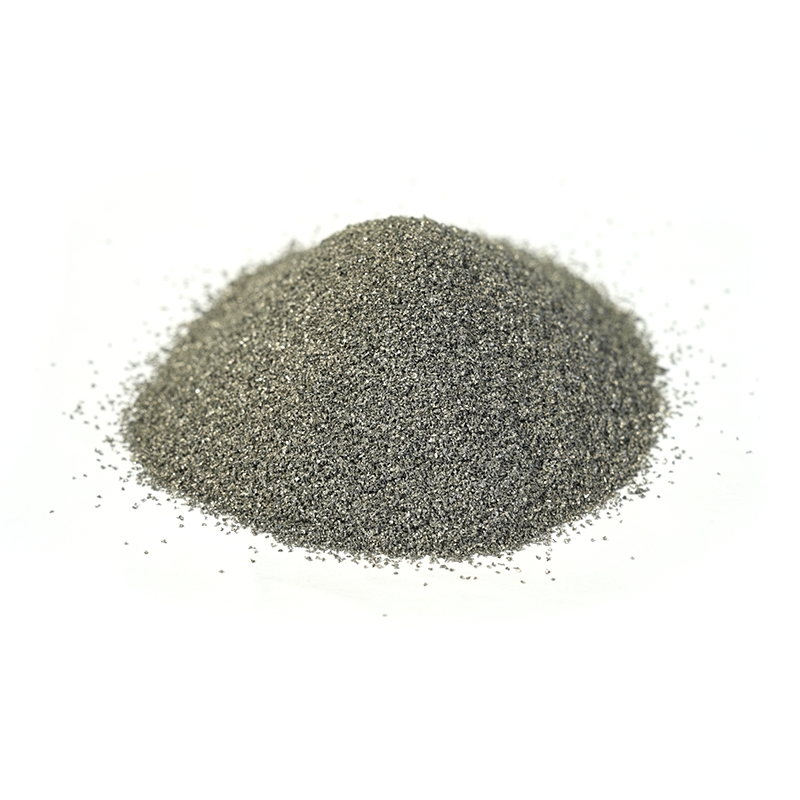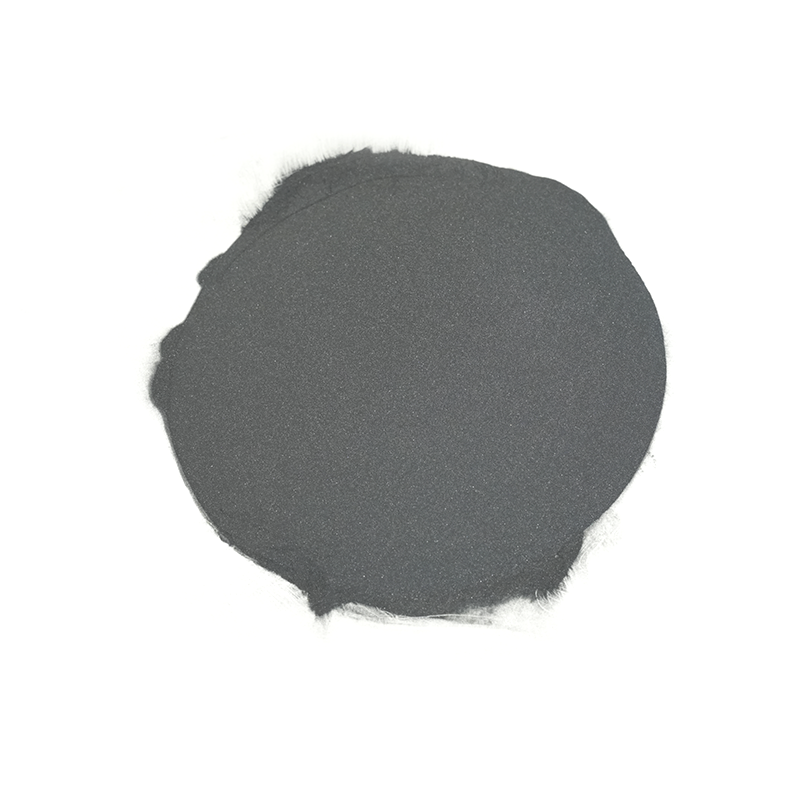First, powder metallurgy process advantages:
1, can process special materials. Material powder metallurgy methods can manufacture refractory metals as well as compounds, false alloys, porous materials.
2, save metal, reduce costs. Because powder metallurgy can be pressed into the final size of the pressure blank, do not need to use mechanical processing. The loss of metal produced by this method is only 1-5%, while the general processing will consume 80% of the metal.
3, the production of high-purity materials. The powder metallurgy process in the material production process does not melt the material, will not be mixed with other substances brought about by impurities, and sintering is carried out in a vacuum and reducing atmosphere, not afraid of oxidation will not have any contaminated material. Therefore, the purity of products is relatively high.
4、Material distribution correctness. The powder metallurgy method can ensure the correctness and uniformity of the material composition in the proportion.
5, mass production to reduce costs. Powder metallurgy is suitable for the production of a large number of products of uniform shape, such as gears and other high-cost products, it can greatly reduce production costs.
Second, powder metallurgy process disadvantages:
1, powder metallurgy product strength and toughness are poor. As the powder is pressed into the billet, its internal pores can not be completely eliminated, therefore, powder metallurgy products in the strength and toughness with the corresponding composition of the castings, forgings compared to poor.
2, powder metallurgy can not be made into large products. Because the fluidity of metal powder is worse than that of metal liquid, its shape and size will be limited to a certain extent, and its weight will not exceed 10kg.
3、The cost of compression mold is high. Due to the high cost of compression mold manufacturing, it is only suitable for use in high-volume production.


 English
English русский
русский عربى
عربى
